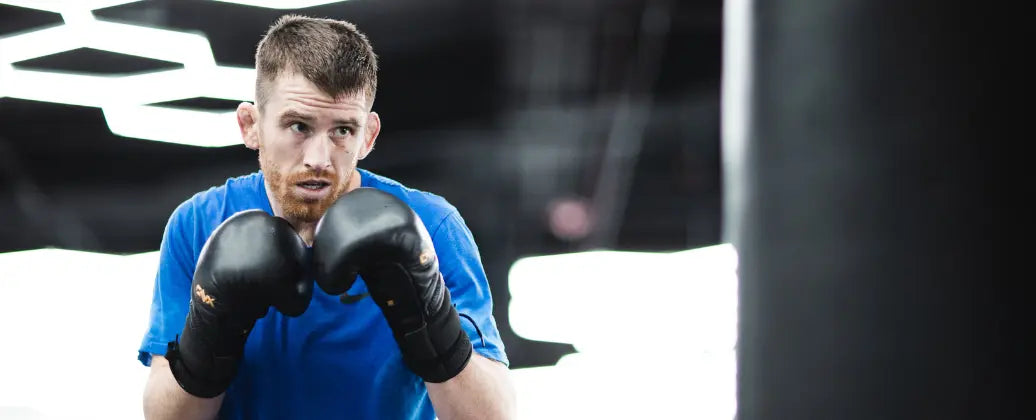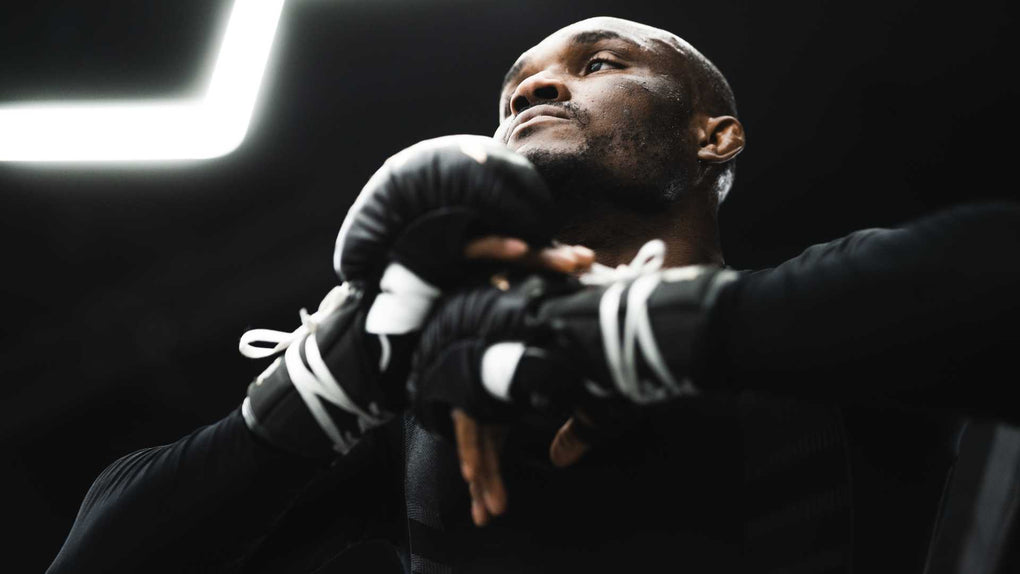In MMA, the word “belt” carries weight. It’s either the hardware that proves you’re the best in the cage or the rank that shows how far you’ve come in the gym. Both matter, but for different reasons. Championship belts are the sport’s ultimate prize. Training rank belts are the roadmap that takes a fighter from raw beginner to seasoned technician. Understanding both sides of MMA belts gives you a full picture of how fighters progress—in training and in competition.
Championship Belts vs. Rank Belts
In MMA, belts split into two worlds:
- Championship belts—the gold around a champion’s waist, the proof you’re #1 in your division. You don’t test for these. You earn them under bright lights by beating the best.
- Rank belts—the colored belts some gyms use to track technical progress, from white through black. These live in the gym. They measure your grind, your hours, and your growth.
Both mean progression, but only one comes with walkouts, title fights, and history books.
No Standard Rank System—Until Recently
For decades, MMA had no universal belt ranking. Fighters came from wrestling, boxing, BJJ, and Muay Thai—each with its own system. MMA was too new, too raw for colored belts. That changed in 2022, when the IMMAF introduced the first standardized belt system for amateur MMA. It mirrored the white-to-black progression found in traditional martial arts, giving recreational fighters and amateurs a clear path to follow. Still, it’s optional. Plenty of gyms skip it, focusing on fight prep and skill instead of stripes.
Championship Belts: The Pinnacle of the Sport
A championship belt in MMA isn’t decoration. It’s proof that you beat every contender to become the best in the world at your weight. UFC, Bellator (now PFLL), ONE, PFL — every major promotion crowns one champion per division. Sometimes you’ll see an interim belt if the champ is sidelined, but make no mistake: one belt, one king.
The belt changes hands in the cage. You win it by beating the champion. You keep it by defending it. You lose it the night someone proves they’re better. That’s the brutal clarity of MMA: the belt never lies.
Rank MMA Belts: Training Progression
Outside the spotlight, gyms that use MMA belts lean on a colored progression system. The IMMAF’s version runs:
- White Belt (beginner)
- Yellow Belt
- Orange Belt
- Green Belt
- Blue Belt
- Purple Belt
- Brown Belt
- Black Belt (expert)
Each step demands mastery of new skills—striking, grappling, submissions, and defense—about 230 techniques across 10 categories. You don’t skip levels. You put in time, usually a year per belt, which means 5–6 years minimum to reach black. Stripes and mid-grades mark the steps in between.
It’s worth remembering: a UFC champion could be a white belt in this system. Their rank in the gym doesn’t dictate their ability in the cage. The only belt that matters in competition is gold.
Fighter Rankings and the Road to a Championship Belt
Rank belts test your technique. Fighter rankings test your results.
Every promotion runs its own rankings—usually top 10 or top 15 per division. Win fights, and you climb. Lose, you drop. The champion sits above everyone by default.
- The champion holds the belt. They’re the one to beat.
- Top contenders earn shots. Usually, the #1 or #2 ranked fighter gets the next title fight.
- Legacy comes from defenses. Winning the belt makes you champ. Defending it makes you great.
Some fighters make history by winning belts in multiple weight classes — “double champs.” That’s rare air, but it proves belts are the clearest measure of supremacy in MMA.
Progression: From White Belt to Champion
MMA has two progression paths:
- In the gym (rank belts). You grind day after day, climbing from white belt to black. It’s structured. You’re tested on technique, discipline, and years of work.
- In the cage (championship belts). You fight your way through amateurs, then pros, then top-10 contenders. Win enough, and you earn a title shot. Beat the champ, and you become the champ.
The two aren’t tied. You can be a black belt in the gym and never sniff a title shot. Or you can be a world champion who never trained under a formal belt system. Both paths demand discipline, but one is judged by coaches, the other by the scoreboard under the lights.
Belt Colors and Their Meaning
Every belt color carries symbolism borrowed from martial arts tradition:
- White—beginner. Blank slate, learning the fundamentals.
- Yellow—first light. You’ve absorbed the basics and are growing.
- Orange—building confidence. More tools, sharper skills.
- Green—growth. Techniques are solid, and the game is expanding.
- Blue—advanced fundamentals. You see the bigger picture.
- Purple—seasoned. High intermediate, able to teach others.
- Brown—near expert. The game is polished, and the strategy runs deep.
- Black—mastery. Years of work. Expert in all areas of MMA.
Again, these belts mean progress inside training. They don’t hand you competitive glory. That only comes when you win a belt that doesn’t come off in practice—the championship strap.
The Bottom Line
MMA belts come in two forms:
- Rank belts in the gym—proof of skill progression, discipline, and years of grind.
- Championship belts in the cage—proof you’re the best in the world, at least until the next challenger proves otherwise.
Both are milestones. One shapes your journey. The other cements your legacy.
Whether you’re chasing stripes on the mat or chasing gold in the Octagon, every belt in MMA represents the same thing at its core: dedication, progression, and the fight to be better than you were yesterday.









Leave a comment